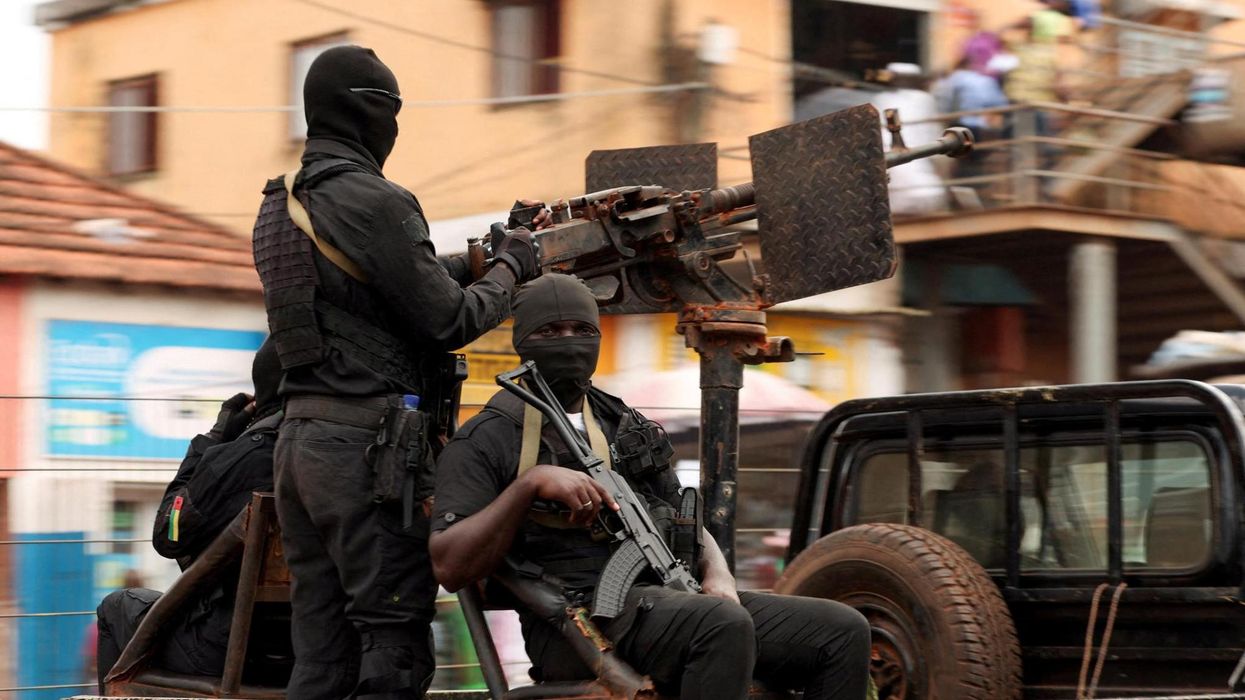NATO members and the Western Press are sounding the alarms. On Friday, Russia and Belarus will be bringing their Zapad 2021 (West 2021) military exercises to a close, joined by Collective Security Treaty Organization partners Armenia, Kazakhstan, Kyrgyzstan, and Tajikistan. India, Serbia, and Mongolia also participated in the quadrennial wargames. As is to be expected with any movement of Russian troops — even within their own borders and those of their allies — voices across the media continue to paint a bleak picture of the event as a threat to a nearly defenseless Europe menaced by an unruly bear to the east.
It seems rather rich for NATO members to be feigning fear and impending doom by Russia and its allies conducting military drills within their sovereign territory, given that NATO conducts large scale war games on or near Russia’s borders all the time. Much to the point is understanding that Russia is well aware that, even with its allies, it wouldn’t be able to defeat the combined NATO forces in a conventional battle. However, what these quadrennial military exercises are designed to prove is that although Russia may not be able to match the alliance’s capabilities, it would ensure that a Pyrrhic victory is the only reward for any attempt at military escalation by the West.
Zapad 2021 therefore should be interpreted in the context of a changing international dynamic, with Russia presenting to any would-be adversaries that it possesses the capability and the will necessary to defend its vital interests if anyone seeks to threaten them.
Another common refrain in the West is this notion that Russia is preparing for an invasion of the Baltic states. Anyone who is aware of reality, who is not seeking to pander to defense industry interests by calling for an increased NATO presence in the region, can assure you that Russia has no desire to take such a step, given that attacking a NATO member would trigger Article 5 and god-forbid launch a continental war. Nevertheless, the events in Georgia in 2008 and Ukraine in 2014 are somehow held up as examples of Russia’s predatory nature.
With regards to Georgia, as a report commissioned by the EU found, the war was started by Georgia as then-President Mikheil Saakashvili was under the impression that half-hearted U.S. support for his state would include military backing of an offensive to rid South Ossetia of Russian peacekeepers. It is true, as the report also concludes, that Russia’s military response was over the top and violated international law. However, the important takeaway is that Russia’s actions were reactive to the initial heavy artillery fire of Georgia.
With Ukraine, the situation certainly remains more dynamic. To be brief, from the lens of a realist, the war in Ukraine and the annexation of Crimea has its origins in actions taken by the West. Once again, the measures taken by Russia were severe. However, they were reactive and likely done to make clear its intentions and capabilities to defend what it views as vital interests.
On the whole, post-Soviet Russia has been a reactive power to the immense and continued aggression by the West from NATO enlargement, withdrawal from bedrock nuclear agreements, and economic assault — to name but a few. The military exercises by Russia, although larger than years past, do not represent a real threat to the United States or to our NATO allies. It is worthwhile remembering the context of previous events and not making hyperbolic prognoses every time a Russian soldier goes to the bathroom.
















